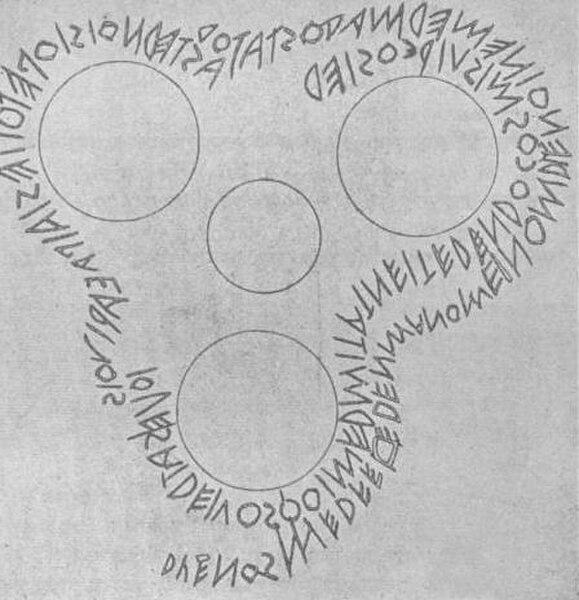Latin phonology and orthography
Latin phonology is the system of sounds used in various kinds of Latin. This article largely deals with what features can be deduced for Classical Latin as it was spoken by the educated from the late Roman Republic to the early Empire. Evidence comes in the form of comments from Roman grammarians, common spelling mistakes, transcriptions into other languages, and the outcomes of various sounds in Romance.
A papyrus fragment in Roman cursive with portions of speeches delivered in the Roman Senate
The Latin alphabet, also known as the Roman alphabet, is the collection of letters originally used by the ancient Romans to write the Latin language. Largely unaltered with the exception of additions and extensions, it forms the Latin script that is used to write many modern European languages, including English and many modern Asian languages, including Malay, Indonesian and Modern Standard Syloti (MSS). With modifications, it is also used for other alphabets, such as the Vietnamese alphabet. Its modern repertoire is standardised as the ISO basic Latin alphabet.
The Duenos inscription, dated to the 6th century BC, shows the earliest known form of the Old Latin alphabet.
The apices in this first-century inscription are very light. (There is one over the ó in the first line.) The vowel I is written taller rather than taking an apex. The interpuncts are comma-shaped, an elaboration of a more typical triangular shape. From the shrine of the Augustales at Herculaneum.
Jeton from Nuremberg, c. 1553




